With the push for sustainable construction and developments in Canada, the development industry has witnessed a significant shift towards sustainable building practices, with mass timber becoming a popular choice in achieving sustainability goals.
What is Mass Timber?
Mass timber refers to large solid wood panels, beams, and columns that are engineered and manufactured for structural applications. Unlike traditional timber framing, which primarily uses smaller dimension lumber, mass timber utilizes engineered wood products like Cross-Laminated Timber (CLT), Glue-Laminated Timber (Glulam), and Laminated Veneer Lumber (LVL). These products are fabricated by bonding layers of wood together under pressure, creating larger members capable of supporting large loads.
Mass timber has gained momentum due to its various benefits and advantages for structural design:
Structural Advantages
One of the key attractions of mass timber is its impressive strength-to-weight ratio. Despite being lighter than equivalent concrete and steel structures, mass timber panels and beams exhibit significant structural capacity. This not only simplifies construction logistics but also allows for faster assembly times and reduced on-site labor requirements. Mass timber structures can also achieve high levels of fire resistance due to the charring effect that occurs on the outer layer, which protects the inner layers of the wood from damage.
Environmental Sustainability
From an environmental perspective, mass timber construction represents a significant step forward. Wood is a renewable resource that naturally sequesters carbon dioxide throughout its lifecycle, making it a carbon-negative building material. By using mass timber, engineers can significantly reduce a building’s carbon footprint compared to other construction methods. Also, the manufacturing process for mass timber requires less energy and generates fewer greenhouse gas emissions than steel or concrete would.
Considerations
Despite its advantages, mass timber construction does come with some considerations. With timber construction, engineers must consider moisture management, acoustics, and potential shrinkage and expansion of wood elements over time. Additionally, building codes and regulations are continually evolving to address the unique characteristics of mass timber, ensuring safety and compliance with standards across Canada.
As of April 2024, Ontario has agreed to expand mass timber construction up to 18 storeys. This update to mass timber building code in Ontario not only meets the growing demand for eco-friendly construction solutions but also offers unique advantages in terms of strength, versatility, and aesthetics for new builds.
The Future of Mass Timber
As sustainability continues to influence building practices in Canada, mass timber construction is set to play an increasingly bigger role in the future of structural engineering. Ongoing research and development efforts are focusing on refining manufacturing techniques, enhancing fire safety measures, and expanding the application of mass timber in tall buildings and urban infrastructure projects. For this reason, MTE’s structural engineering team has made significant advancements with mass timber projects.
Here are some examples of mass timber projects that showcase our commitment to sustainable building practices:
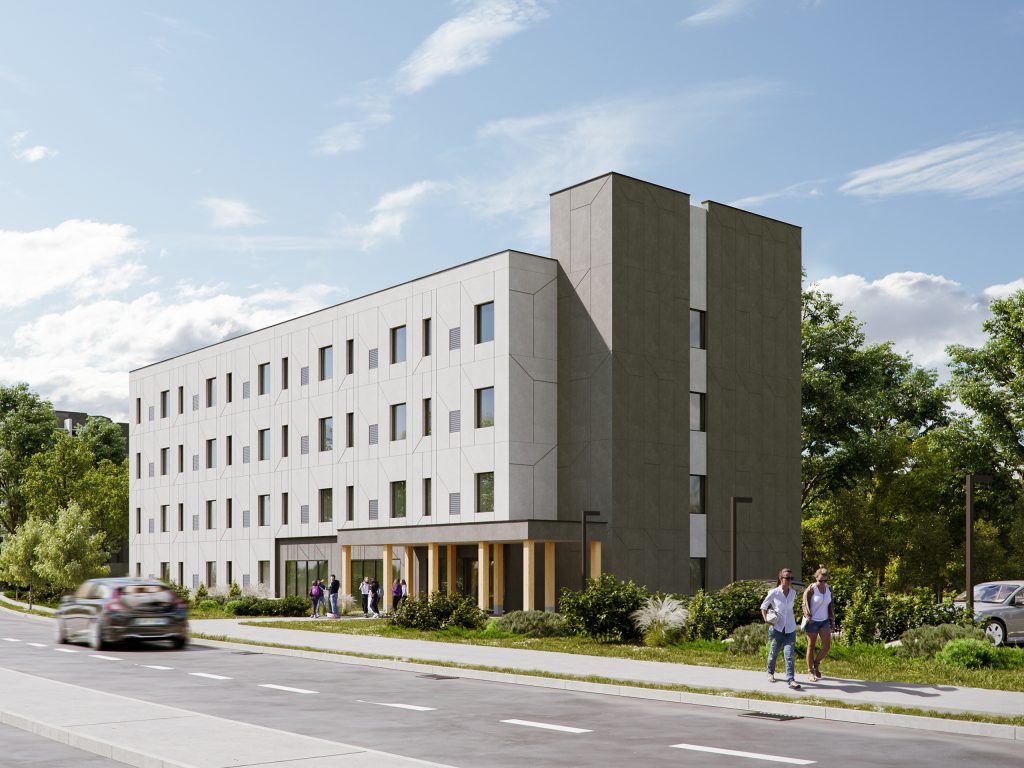
1. YW Kitchener-Waterloo Supportive Housing
MTE provided structural and civil engineering services for this project. Our structural engineering professionals helped create a design that focused on energy-efficient modular construction. The 41-unit supportive housing features timber framing and cross-laminated timber (CLT) floor, roof, and wall panels. Our civil engineering team developed solutions related to the servicing, grading and stormwater management solutions for the site that incorporated both phases of the development.
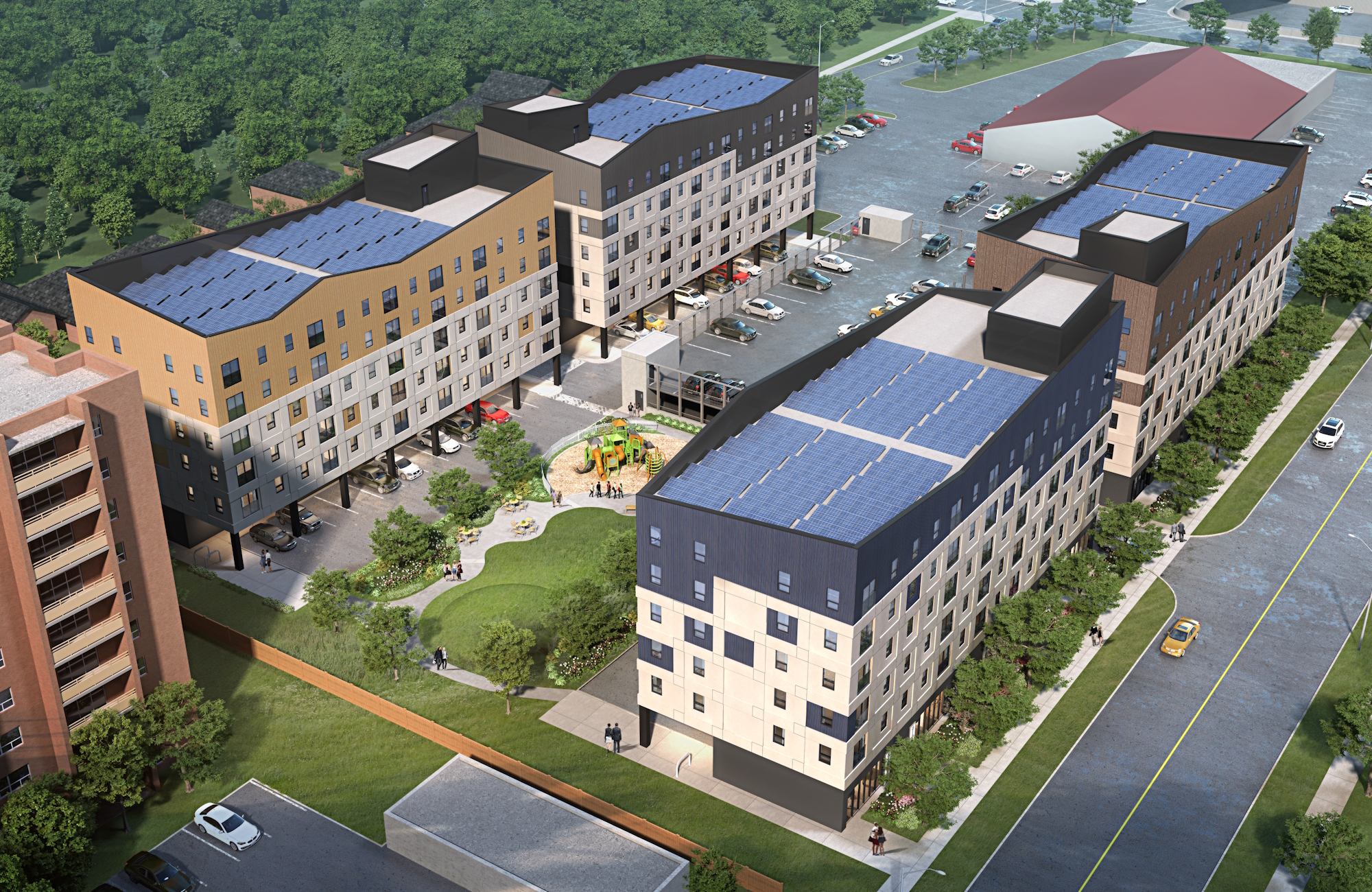
2. Franklin Flats
MTE provided structural, civil, survey, geotechnical, and environmental engineering services for this project. This development will offer 30 affordable units at 55 Franklin St. S. in Kitchener. This affordable housing project is funded in part by Waterloo Region and includes eco-friendly construction including triple pane windows, rainwater recovery and solar panels, and mass timber construction.
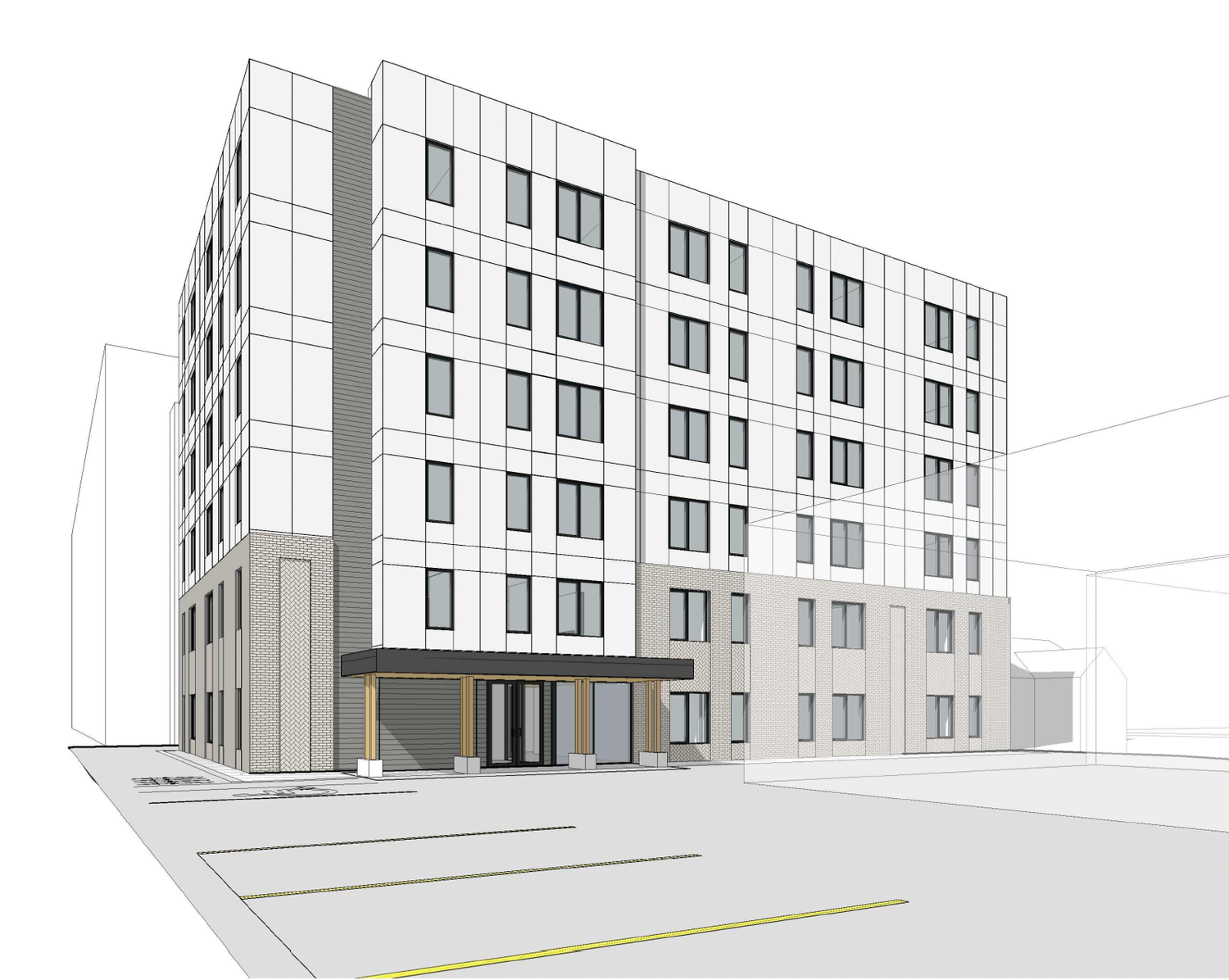
3. Affordable Housing development at Historic St. Paul’s Lutheran Church, Kitchener
MTE provided structural engineering services for this affordable housing development funded by the Region of Waterloo, that will be adjacent to the St. Paul’s Lutheran Church in Kitchener. This development will be a new dedicated 6 story structure with 57 affordable housing units for seniors and incorporates mass timber structural design. Construction will begin in the summer of 2024.
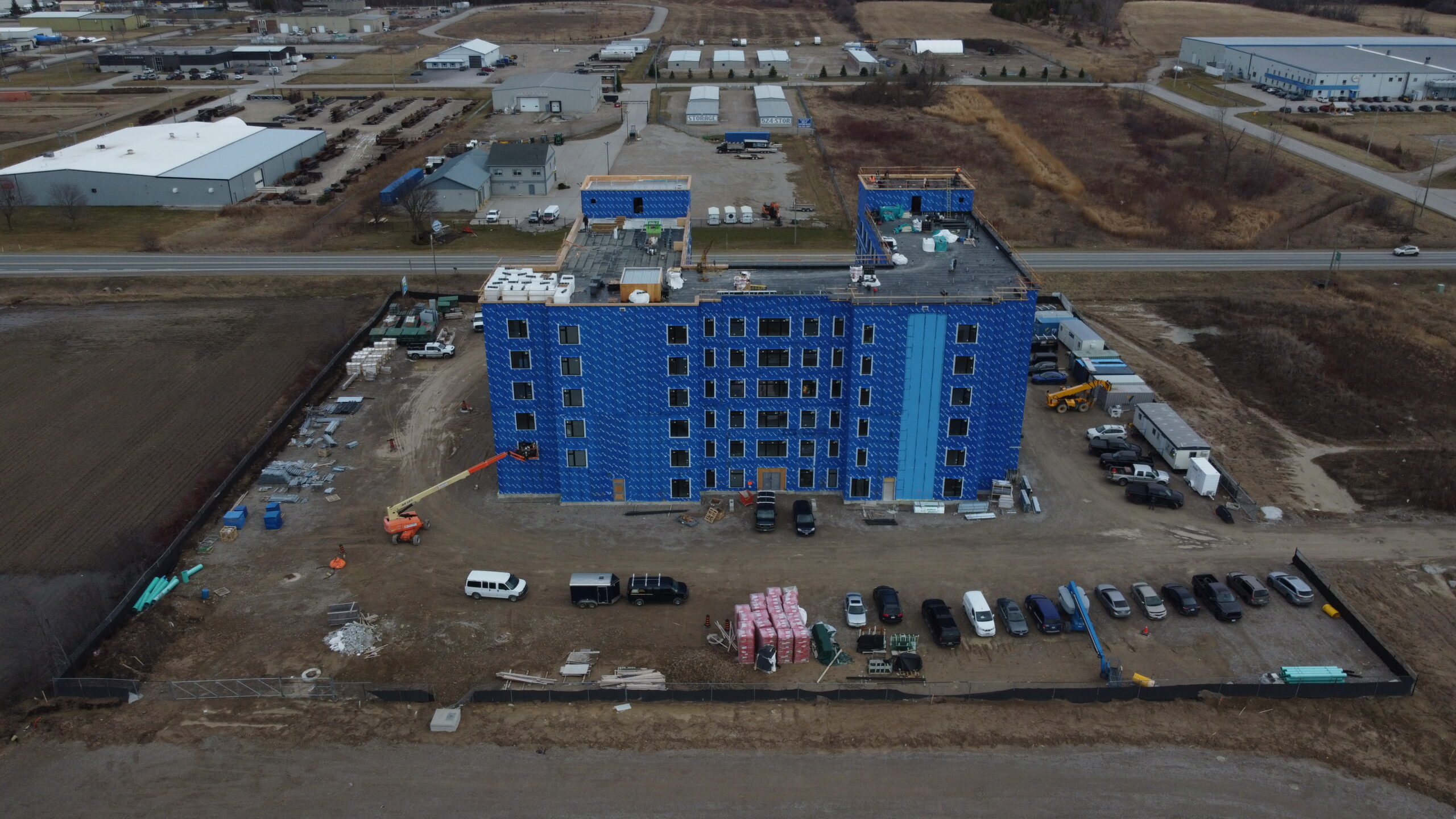
4. Southbridge Goderich
MTE provided structural engineering services for Southbridge Goderich, a 6 story, 160 bed facility located at Bayfield Rd and Dechert Rd. It will also include 1300 square of diagnostic space and is scheduled to be completed by February 2025. The structural design also includes mass timber.
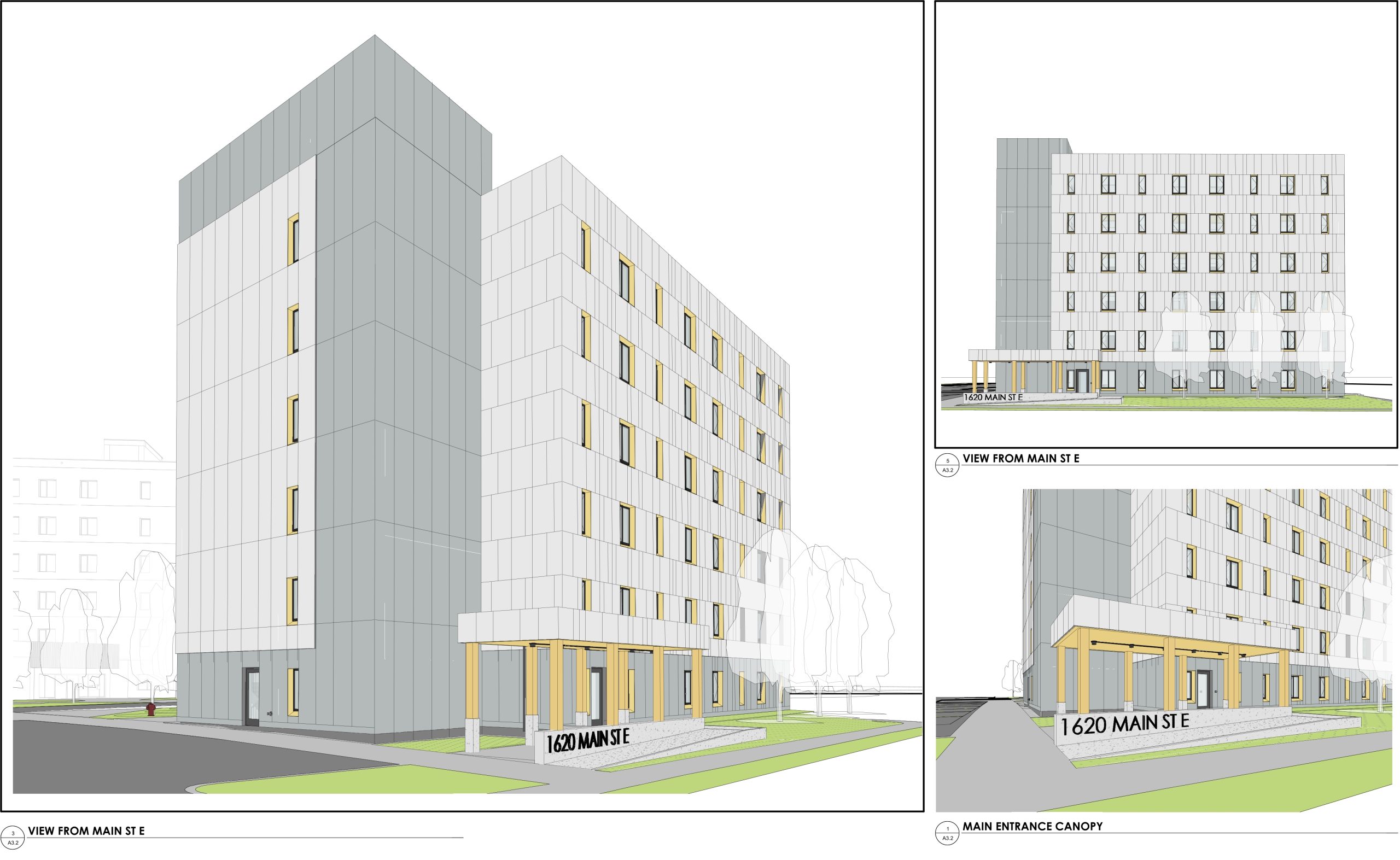
5. 1620 Main Street East
MTE provided structural and civil engineering services for this new proposed 6-storey affordable rental apartment. This is Hamilton’s first mass timber project and makes use of Passive House Design, making it one of the most energy efficient buildings in all of Hamilton and ensuring low operating costs and almost zero greenhouse gas emissions for the life of the building. This project will be completed in 2024, as it is currently under construction.